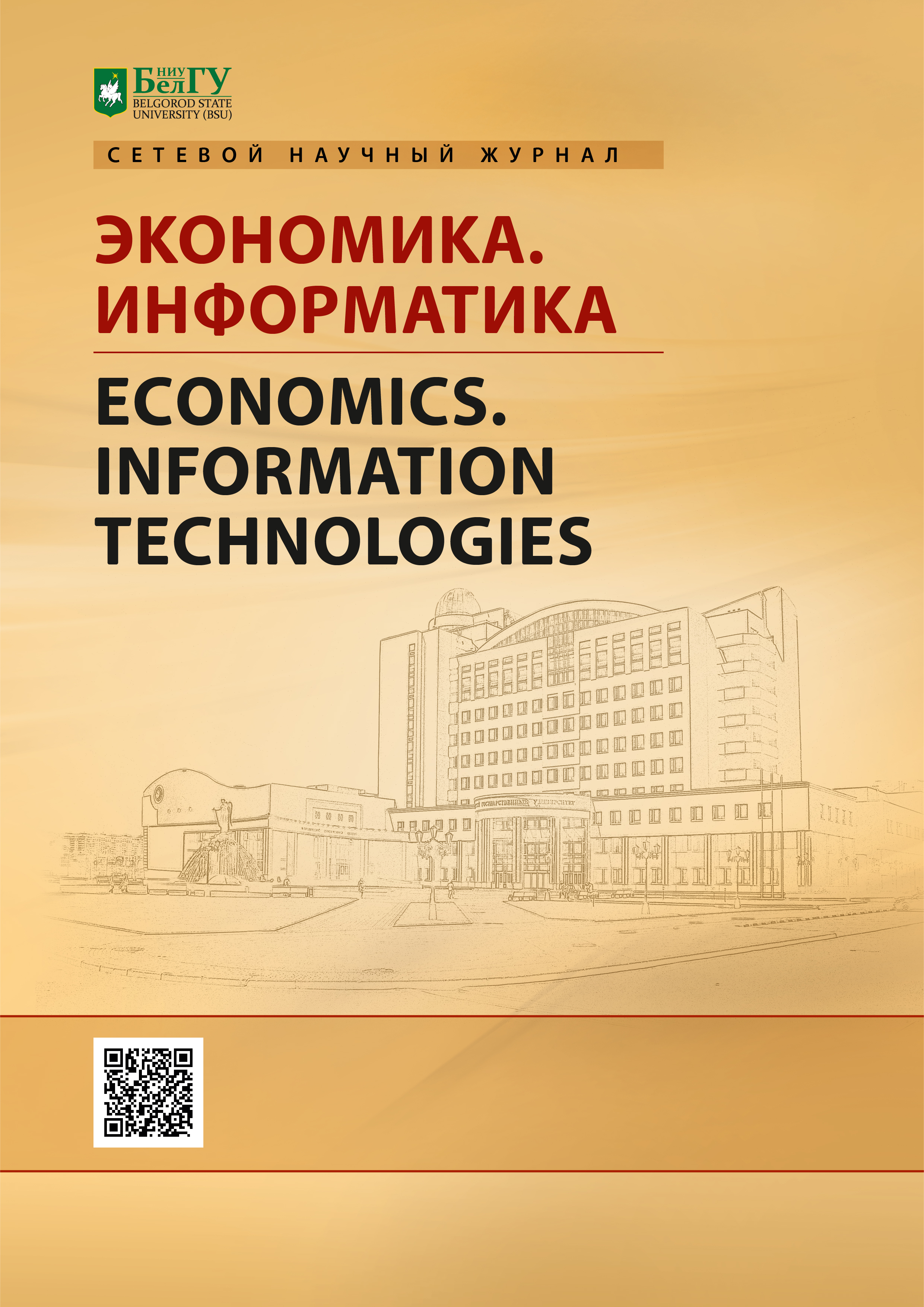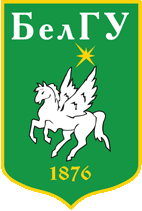Model and algorithm for data analysis of spectral components of the dentition during prosthetics
DOI:
https://doi.org/10.18413/2687-0932-2020-43-3-600-609Keywords:
modeling, data analysis, algorithm, regression model, enamel, dentureAbstract
In modern orthopedic and surgical dentistry, each dental prosthesis unit should look like a natural tooth, as it restores the aesthetic appearance of the entire oral cavity and improves the patient's appearance, as well as helps to normalize the general state of health by gaining the lost feelings of self–confidence and restoring the emotional balance. The initial step in dental prosthetics is to determine their color components. This step determines whether the final result corresponds to the original prosthetic tooth. In case of complete or partial discrepancy between the obtained sample and the original one, there is a need for more thorough determining of the enamel color of the created sample, as well as re–manufacturing, which entails an unreasonable consumption of ceramic materials, resulting in an increase in the cost of prosthetics. The color determination procedure is performed for each tooth, and the doctor having obtained the parameters of the color components of the teeth, transmits the measurement results and data on the content in the sample of ceramic mixtures necessary to obtain the basic color of the enamel, to the dentist–technician who makes a denture with a specified color. The process of obtaining the parameters in most cases is carried out manually, which is the cause of errors and incorrectly selected colors and leads to additional costs for the re-manufacturing of a sample. Due to these and other objective reasons, the task was to develop a model and algorithm for analyzing the data of spectral components of the dentition during prosthetics. We used a method for analyzing the data of spectral components of the dentition based on an additive color synthesis. Using this method, a model was developed in which the change in color components occurs in correlation with the regression model, so it is possible to compile interpolation equations, and based on them, analyze and consider a single system for all sublevels of color gradations. To check the operation of the developed information model, an algorithm and specialized software were created. The conducted clinical studies have shown full adequacy of the developed model.
Downloads
References
Абакаров С.И. 2001. Оптимальные условия и особенности определения и создания цвета в керамических и металлокерамических протезах. Новое в стоматологии. 4: 23–29.
Абакаров Т.А., Гаджиев Х.М., Расулов И.М., Гафуров К.А., Горелова А.И. 2017. Программная среда для синтеза цветовых составляющих пластмассовых зубных протезов: Blesk. Свидетельство о государственной регистрации программы на ЭВМ № 201766.
Абакаров Т.А., Гафуров К.А., Горелова А.И., Расулов И.М. 2017. Разработка способа подбора цвета зубных протезов при металлокерамическом протезировании. «Мир науки и молодежи: тенденции и новые горизонты». Материалы международной конференции молодых ученых. Караганда, ИПЦ КГМУ, 31–32.
Абакаров Т.А., Гафуров К.А., Расулов И.М. 2017. Разработка медицинской информационной системы для автоматизации подбора цвета зубных протезов. Материалы всероссийской юбилейной научно-практической конференции, с международным участием, посвященной 85-летию Дагестанского государственного медицинского университета. Махачкала, ИПЦ ДГМУ, 108–110.
Гафуров К.А., Горелова А.И. 2017. Разработка биотехнического комплекса подбора цвета зубных протезов в ортопедической стоматологии. Студенческая наука – 2017: материалыВсероссийского научного форума студентов и молодых ученых с международным участием. СПб.: СПбГПМУ, 410–411.
Гафуров К.А., Исламов М.Н., Абакаров Т.А., Расулов И.М. 2019. Компьютерная система подбора цвета металлокерамических протезов в ортопедической стоматологии. Материалы V Всероссийской с международным участием студенческой научно-образовательной конференции «Актуальные вопросы студенческой медицинской науки и образования». Рязань, ФГБОУ ВО РязГМУ Минздрава России, 93–94.
Гафуров К.А., Расулов И.М. 2015. Биотехнический комплекс подбора цвета зубных протезов в ортопедической стоматологии. Материалы Всероссийской юбилейной научно-практической конференции с международным участием. Махачкала, ИПЦ ДГМА, 202–205.
Гонсалес Р., Вудс Р. 2005. Цифровая обработка изображений. М., Техносфера, 1072.
Волкова И.А., Иванов А.В., Карпов Л.Е. 2011. Основы объектно-ориентированного программирования. Язык программирования С++. М., издательский отдел факультета ВМК МГУ, 112.
Забуга А.А. 2013. Теоретические основы информатики. Новосибирск, изд-во НГТУ, 168.
Захаров В.Н., Калиниченко Л.А., Соколов И.А., Ступников С.А. 2007. Конструирование канонических информационных моделей для интегрированных информационных систем. Информатика и ее применения. 1(2): 32.
Киселева Г.Л. 2001. Моделирование распространения света в биологических тканях. Радиоэлектроника. 1: 11–17.
Луцкая И.К. 2006. Цветоведение в эстетической стоматологии. М., Медицинская книга, 116.
Мирзоев М.С. 2016. Основы математической обработки информации. М., Прометей, 316.
Наумович С.А. 2014. Определение цвета зубов в клинике ортопедической стоматологии. Минск, БГМУ, 59.
Расулов К.М., Магомедов Д.А., Гаджиев Х.М., Гафуров К.А., Расулов И.К. 2007. Аппаратно-программный комплекс для подбора цвета зубных протезов. Научно-практический журнал «Современная ортопедическая стоматология. М., изд. ООО «Медицинская пресса». 8: 36–40.
Kleinbaum D.G., Kupper L.L., Nizam A., Rosenberg E.S. 2014. Applied regression analysis and other multivariable methods. Cengage Learning, 432.
Li, O., Wang, Y.N. 2007. Comparison of shade matching by visual obscrvation and intraoral dental colorimetr. J.Oral. Rehabil. onLine Early Articles.
Paravina, R., Majkis, G., Imai, F., Powers,J. 2007. Optimization of tooth color and shade design. J. Prostodont. 16: 269–276.
Studies of electronic measuring instruments (definition) color. Amsterdam University and the Free University, the Netherlands. Dental technician. 2 (49): 82.
Abstract views: 717
Share
Published
How to Cite
Issue
Section
Copyright (c) 2020 ECONOMICS. INFORMATION TECHNOLOGIES

This work is licensed under a Creative Commons Attribution 4.0 International License.


